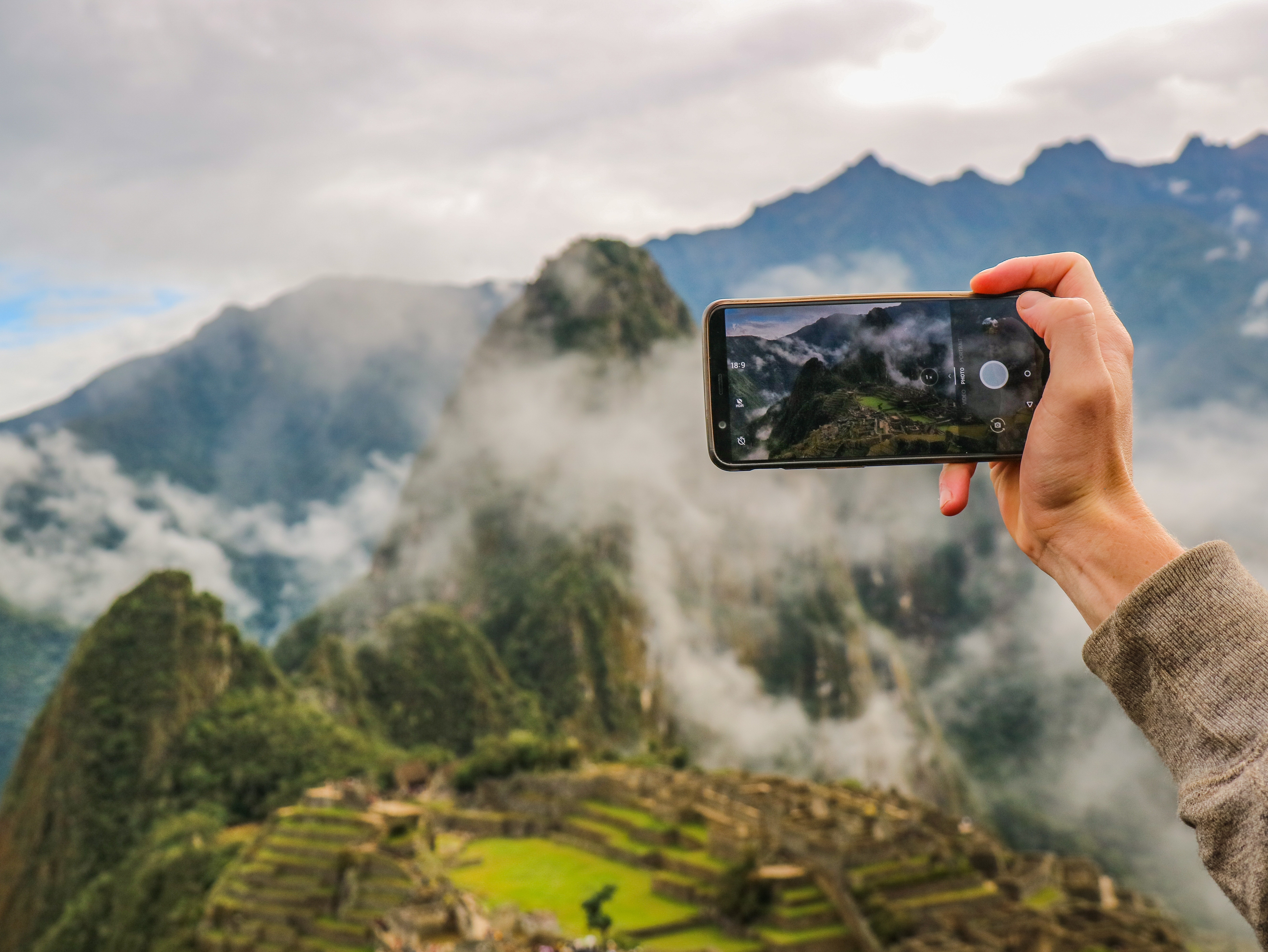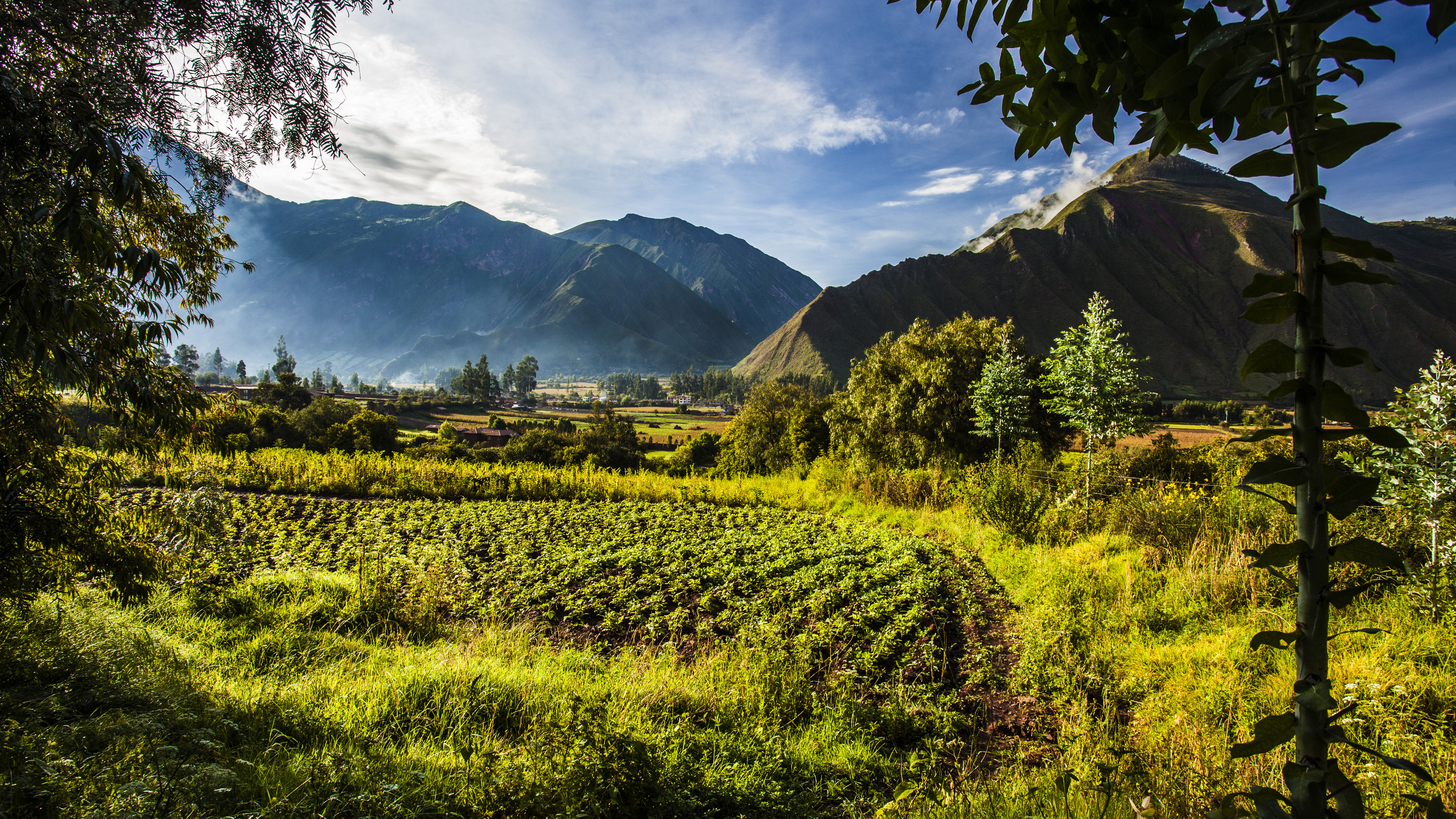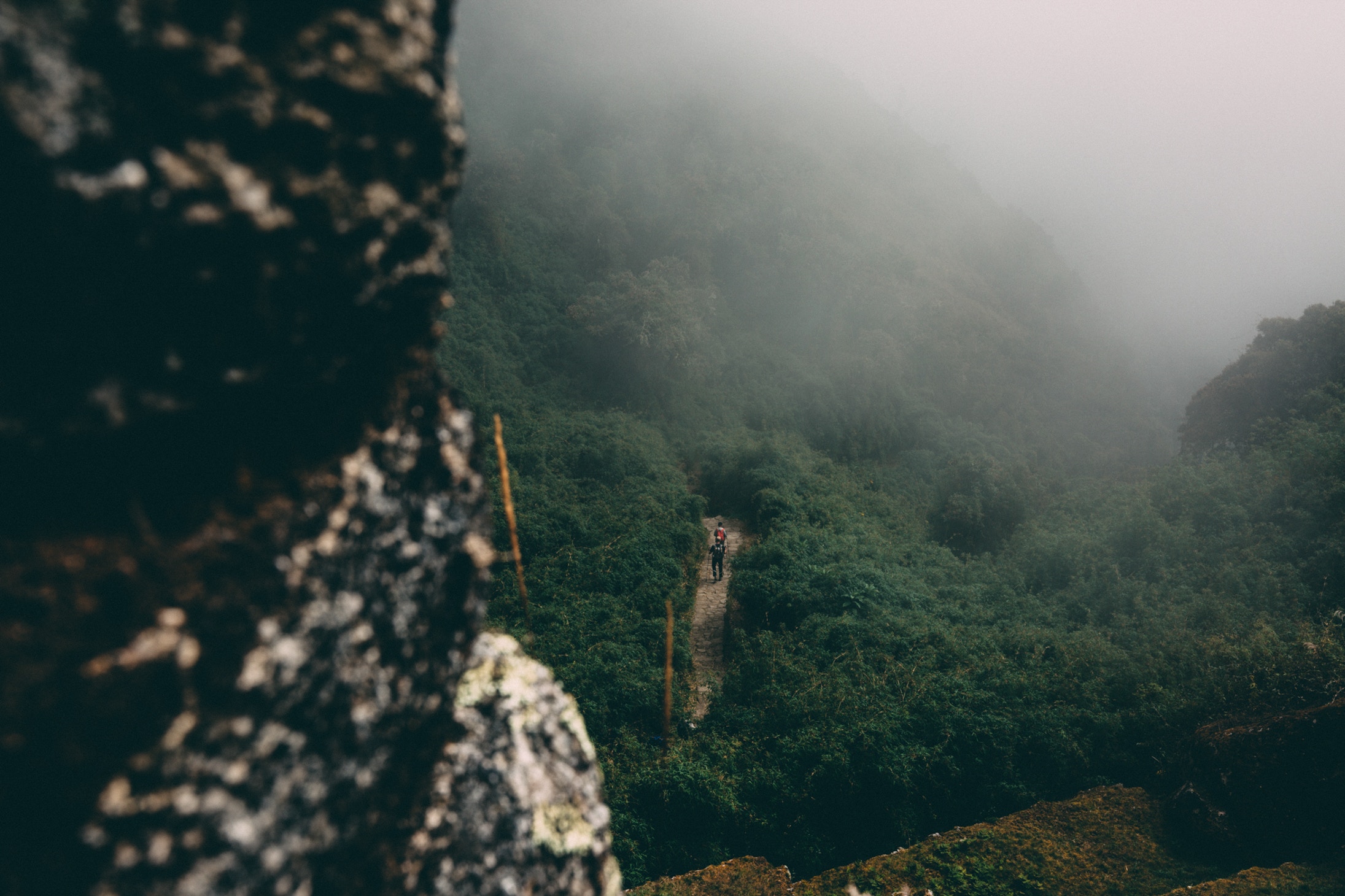16/11/2018
We have all heard the phrase, “four seasons in one day”, and when visiting Peru it is highly likely you might just experience this weather phenomenon. Due to the country’s highly changeable climate, unpredictability is the only predictable thing about Peruvian weather. However, if you are planning to explore the wonders of Cusco or the Madre de Dios -Tambopata regions of the Amazon Rainforest you must take the season of your visit into consideration as there are only two: the wet season, and the dry season.
Home to the hilltop ruins of Machu Picchu; the breathtaking foothills of the Sacred Valley of the Incas; and the ancient Spanish colonial architecture of Cusco, the Cusco region is a must-visit for travellers to Peru.
Situated 2,430m above sea level, the historic citadel of Machu Picchu, commonly known as the ‘Lost City of the Incas’, has certainly not lost its awe-factor over time. Masterfully constructed from dry-stone in the 15th century, this Inca city is home to truly incredible structures, such as ‘The Temple of the Sun’ and ‘The Temple of the Condor’ to name a few. Machu Picchu’s historical magnitude paired with its phenomenal panoramic views will leave all who visit speechless – making it one of the most popular destinations in the country for ‘Inca-grammers’.

The Sacred Valley of the Incas is an extremely fertile stretch of land consisting of many picturesque towns and villages such as Urubamba, Aguas Calientes and Ollantaytambo. This exquisite valley is every photographer’s dream boasting beautiful flora, lush landscapes and deep green pastures.

Sitting at a cool 3,400m, the city of Cusco and the gateway to the Inca Trail is not to be missed. This colourful city made up of cobblestoned streets and iconic colonial architecture is magnificent.
The best time to visit the Cusco region is undoubtedly during the dry season, more specifically in late April. Visiting at the very start of the dry season gives travellers the best chance of avoiding the crowds and the rain. Exploring Cusco during this time allows travellers to explore the region at its finest. Months of frequent and heavy rainfall leave the surrounding flora more lush and greener than ever, with plentiful new growth and hundreds of species of flowers to see. Whether you’re looking to explore Machu Picchu, The Sacred Valley, or Cusco, April is the best time to go.
In stark contrast to the high mountain villages and towns in the Andes, the Madre de Dios -Tambopata region of the rainforest is another hotspot for travellers. This region encompasses the Peruvian portion of the Amazon rainforest. “Madre de Dios”, meaning “Mother of God”, is a large region in southeastern Peru boasting rich biodiversity due to its unique climate. The Amazon rainforest is a magnificent and memorable sight to behold, with dense exotic foliage stretching for miles constantly buzzing with wildlife. This expansive and incredibly photogenic forest is home to many inhabitants, from soporific sloths to mischievous monkeys. No trip to Peru is complete without a visit to the Madre de Dios-Tambopata region.

The question of the best season to visit the Madre de Dios-Tambopata region is a complex one, as it is entirely dependent on what visitors would like to see during their trip. If travellers wish to experience the overwhelming symphony of the macaw, or monkeys feasting on fallen fruit, the ideal time to visit is between November and March, the wet season. On the other hand, if visitors wish to see wildlife such as Anaconda or Paiches while avoiding frequent rainfall, the dry season, between April and October, is much more preferable. In order to ‘see it all’, visit the Madre de Dios-Tambopata areas between late October and early November, which is the tail end of the dry season.
When planning your visit to Peru, whether you wish to explore the Cusco or Madre de Dios-Tambopata regions, never neglect to think of the seasons. To learn more about these stunning regions and to find out where to stay visit inkaterra.com.
